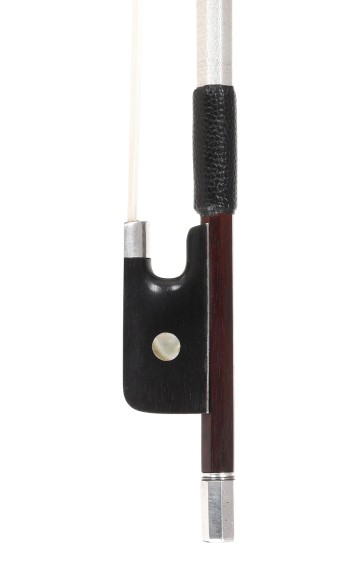The history of the violin bow is the history of a violin's sound. A brief historical overview
The history of the violin bow is a frequently neglected chapter in the annals of violin making. To put it in other words, it is a central chapter in the history of instruments, given that it is the very history of the sound of a violin. The violin bow is what first brings the voice of a violin to life, and the composition of the stick, frog, head and horsehair reveals just as much about the instruments of a given era as the angle of a violin's arch or the violin varnish. The development of the violin and the development of the violin bow has always followed a recurring pattern of musical and artisanal/technical factors mutually influencing one another in history. Every significant advance in the history of violin making either was followed by new musical standards or created the conditions necessary for them to evolve – but at each phase, this progress could not take place until a new violin bow model emerged. With each new step in the history of the violin bow, the promise of new qualities of sound became reality. Those who wonder why the violin became a leading instrument in Europe's musical tradition can find solid answers by taking a closer look at the violin bow.
Three short introductory articles outline the history of the violin bow
-
Part I: The Baroque violin bow: The Baroque violin bow as part of a musical revolution
-
Part II: The Classical violin bow: consolidating bow design during the Classical period
-
Part III: The modern violin bow: F. X. Tourte and and the new classics of bow making
Related articles:
The violin bow: Practical tips on care, rehair and maintenance
The violin: practical tips on care and maintenance





